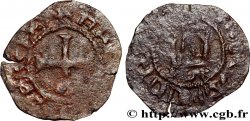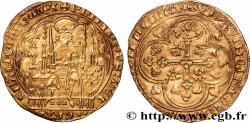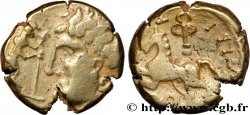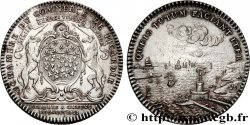Live auction - bry_561857 - PHILIP VI OF VALOIS Chaise d'or n.d.
You must signin and be an approved bidder to bid, LOGIN TO BID. Accounts are subject to approval and the approval process takes place within 48 hours. Do not wait until the day a sale closes to register. Clicking on "BID" constitutes acceptance of the terms of use of cgb.fr private live auctions.
Bids must be placed in whole Euro amounts only. The sale will start closing at the time stated on the item description; any bids received at the site after the closing time will not be executed. Transmission times may vary and bids could be rejected if you wait until the last second. For further information check the Live auction FAQ
All winning bids are subject to a 18% buyer’s fee.
All winning bids are subject to a 18% buyer’s fee.
| Estimate : | 6 000 € |
| Price : | 4 600 € |
| Maximum bid : | 4 600 € |
| End of the sale : | 10 March 2020 16:17:21 |
| bidders : | 2 bidders |
Type : Chaise d'or
Date: 17/07/1346
Date: n.d.
Metal : gold
Millesimal fineness : 1000 ‰
Diameter : 30 mm
Orientation dies : 4 h.
Weight : 4,68 g.
Rarity : R2
Coments on the condition:
Cette chaise est frappée sur un flan large, légèrement irrégulier. Exemplaire ayant été monté anciennement (petites traces de griffes sans soudure)
Catalogue references :
Obverse
Obverse legend : + PHILIPPVSX DEIX GRACIAX FRANCORVMX REX, (N ONCIALE, PONCTUATION PAR DEUX SAUTOIRS SUPERPOSÉS).
Obverse description : Philippe VI assis dans une stalle gothique, couronné, tenant le sceptre fleurdelisé de la main droite et la main de justice de la main gauche, dans un polylobe interrompu en bas et cantonné de sautoirs.
Obverse translation : (Philippe, par la grâce de Dieu, roi des Francs).
Reverse
Reverse legend : + XP'C: VINCIT: XP'C: REGHAT: XP'C: IMPERAT, (N ONCIALE À VINCIT ET ROMAINE ET RÉTROGRADE À REGNAT, PONCTUATION PAR DEUX ANNELETS SUPERPOSÉS).
Reverse description : Croix quadrilobée, feuillue et fleurdelisée, incurvée en cœur, dans un quadrilobe tréflé cantonné de quatre couronnes.
Reverse translation : (Le Christ vainc, le Christ Règne, le Christ commande).







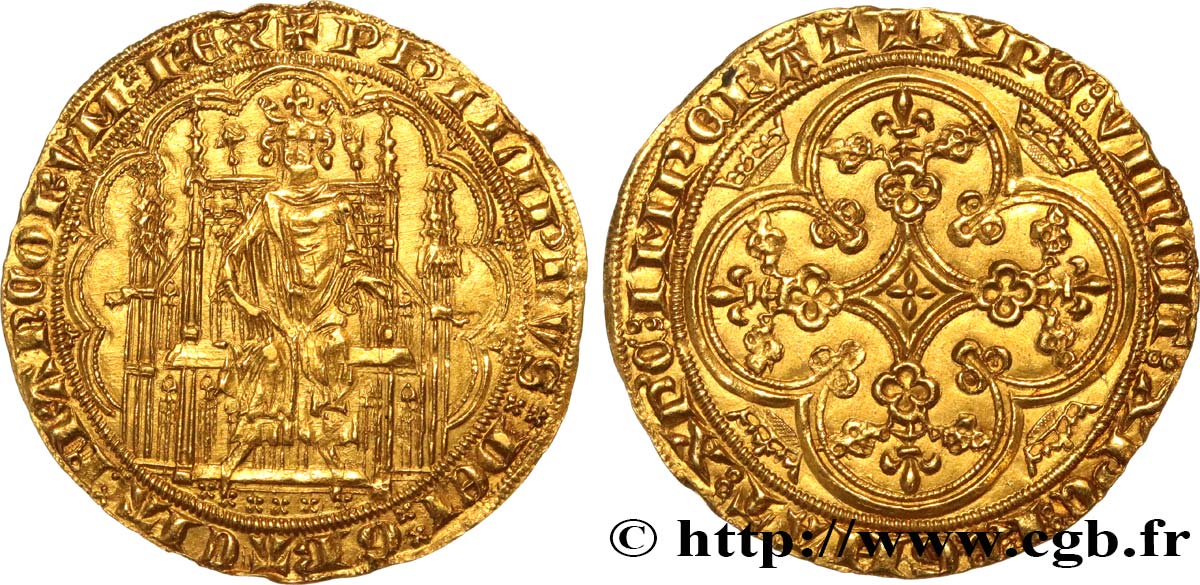
 Report a mistake
Report a mistake Print the page
Print the page Share my selection
Share my selection Ask a question
Ask a question Consign / sell
Consign / sell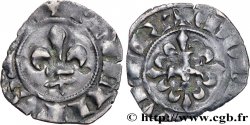
 Full data
Full data
